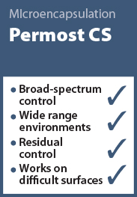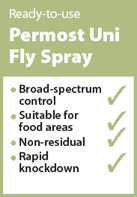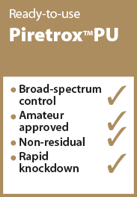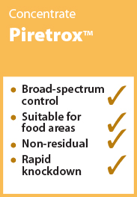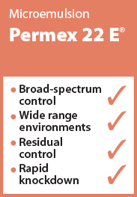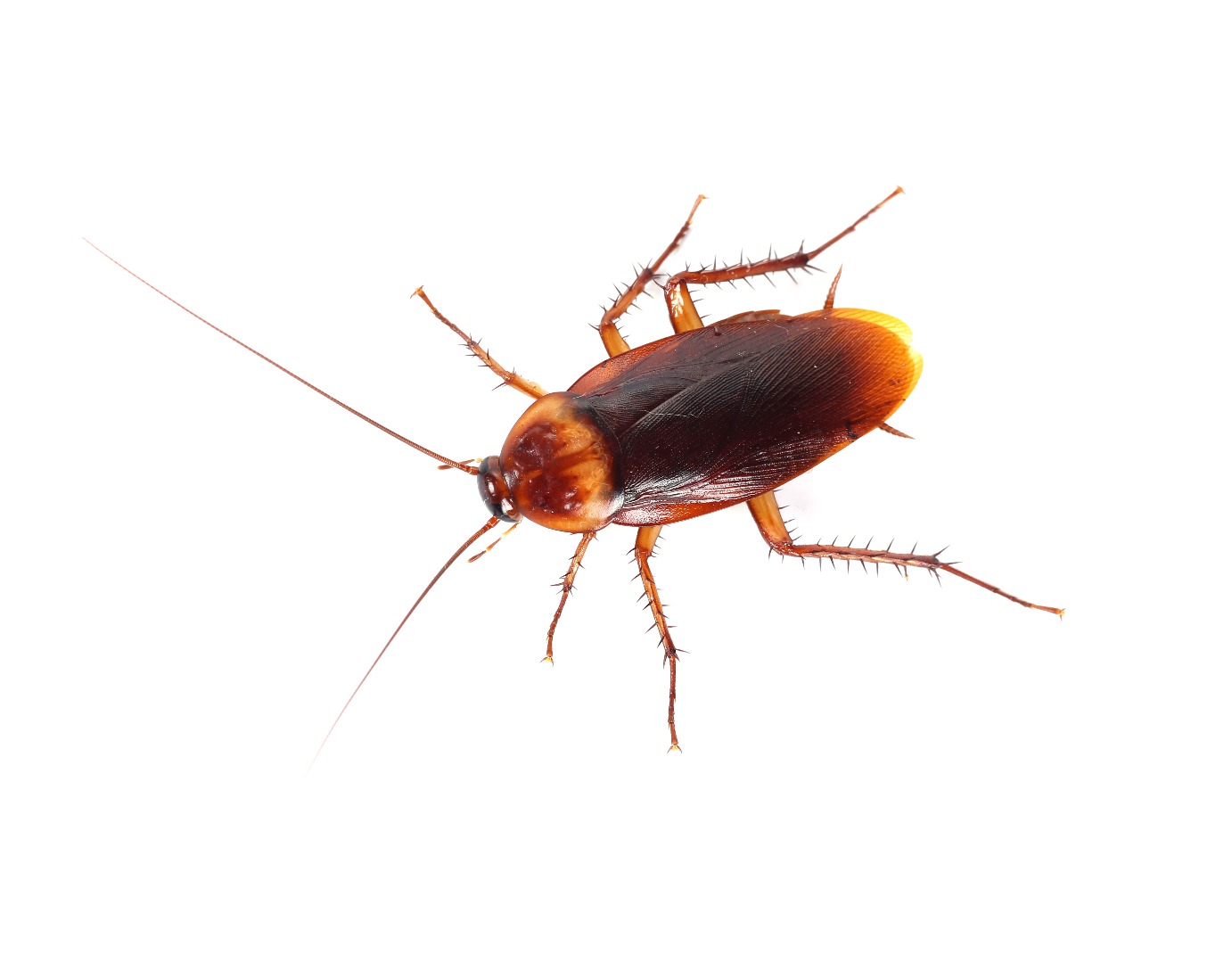American cockroach
(Periplaneta americana)
In the search for food and water, American cockroaches are often found in kitchens, bathrooms and basements. With a long, slender body, measuring up to 40mm in length, this insect is adept at sliding through window frames, crevices and underneath doors. Infestations of this pest can also commonly be found in port locations, greenhouses and animal houses. In addition to a high nuisance factor, the American cockroach can contaminate food and cause allergies. It is known to traverse through waste and decaying matter, collecting bacteria on its thistly legs, which is then transferred to food or food surfaces.
Life cycle:
Egg, nymph, adult
| Egg | The American cockroach stores eggs in an ootheca – a complex casing structure in which up to 16 eggs are stored. Usually around 38 mm long, these reddish-black egg casings can often be found in bathrooms, laundry rooms and kitchens. |
| Nymph | Once the eggs hatch, the nymphs descend from the casing of the ootheca. In optimal conditions with a plentiful supply of food, this process can be completed in less than 6 months. |
| Adult | Slightly larger than most cockroaches, these insects can measure between 25-40 mm in length. This pest is reddish-brown in appearance, with distinctive yellow hues behind the head. Small wings give the American cockroach the ability to fly once it becomes an adult. |
Habitat
The American cockroach is highly agile and slender, and has the ability to seamlessly pass through cracks in doors and windows. It is commonly found in kitchens and bathrooms, and other locations that offer food and water, such as shipping vessels, greenhouses and animal sanctuaries.
Recommended Products
Click icons for more information
References
BPCA (2015) The British Pest Manual: A reference manual for the management of environmental health pests and pests of the food industry, 2015 edn., Derby: BPCA.
Orkin (2017) American Cockroaches [Online] Available at: http://www.orkin.com/cockroaches/american-cockroach/ (Accessed: 20/2/2017).

